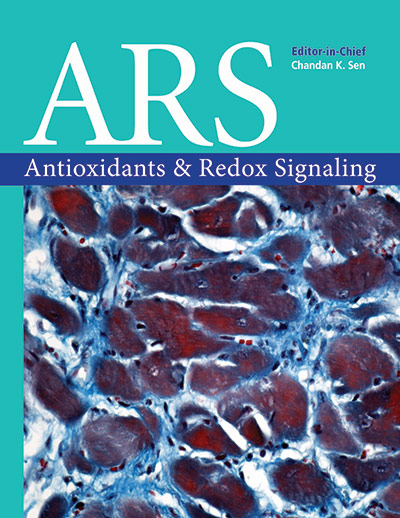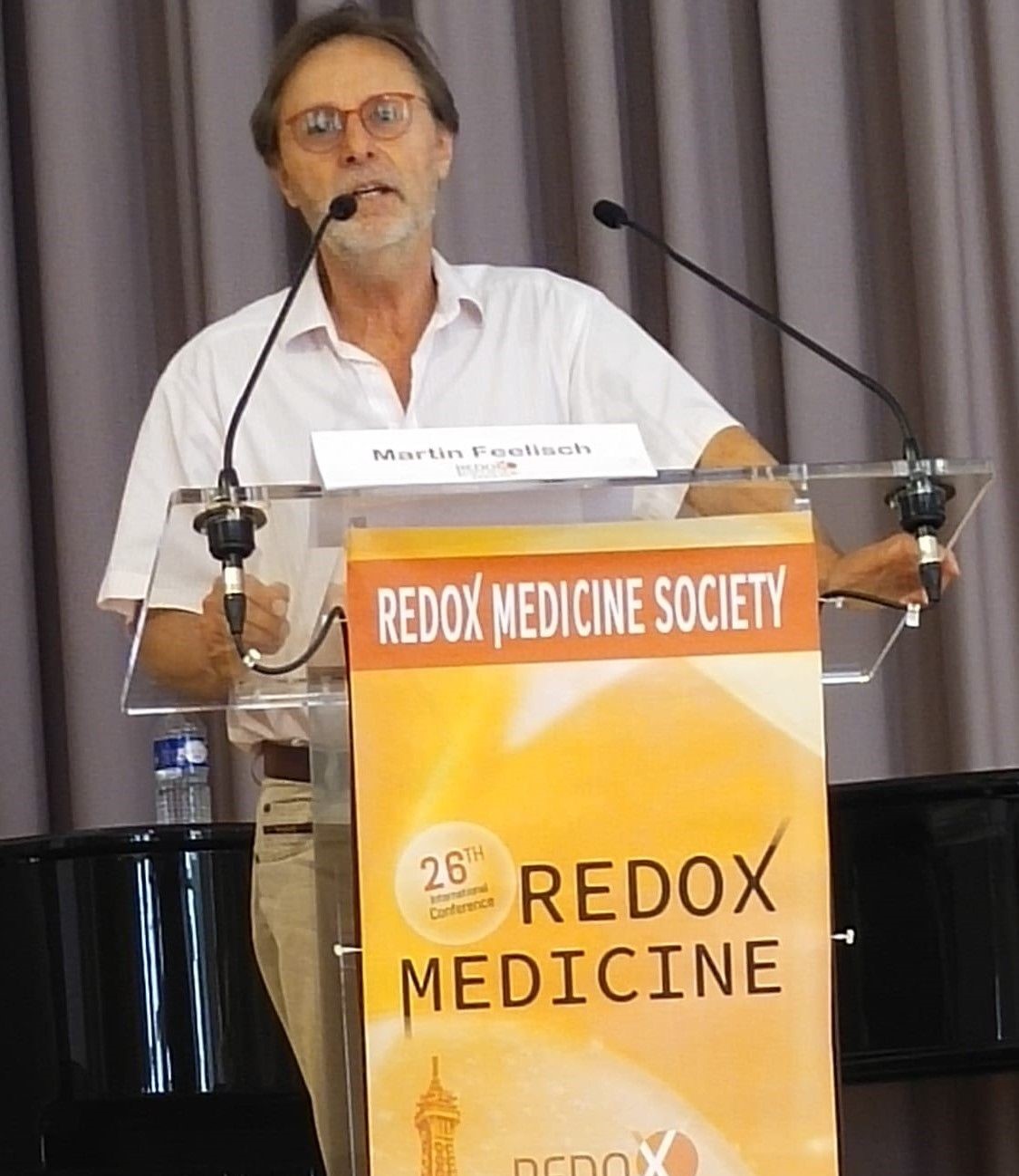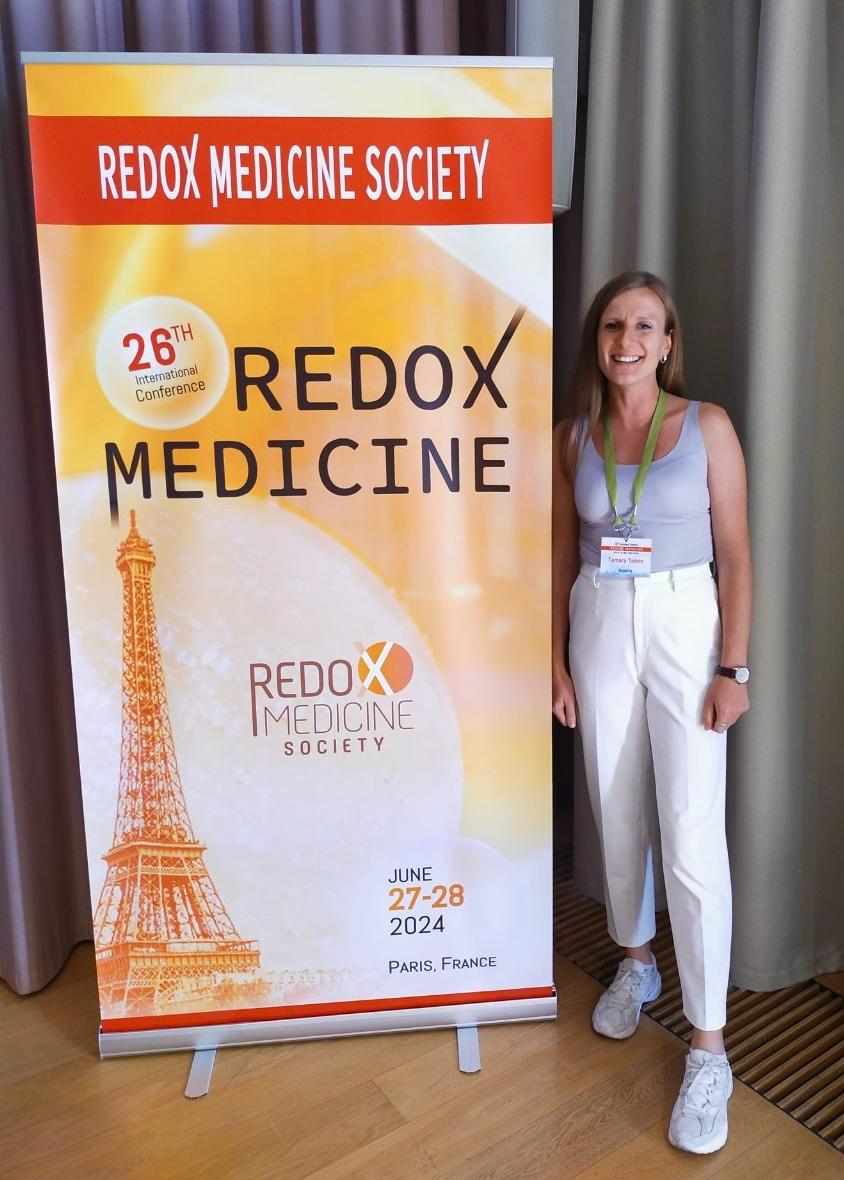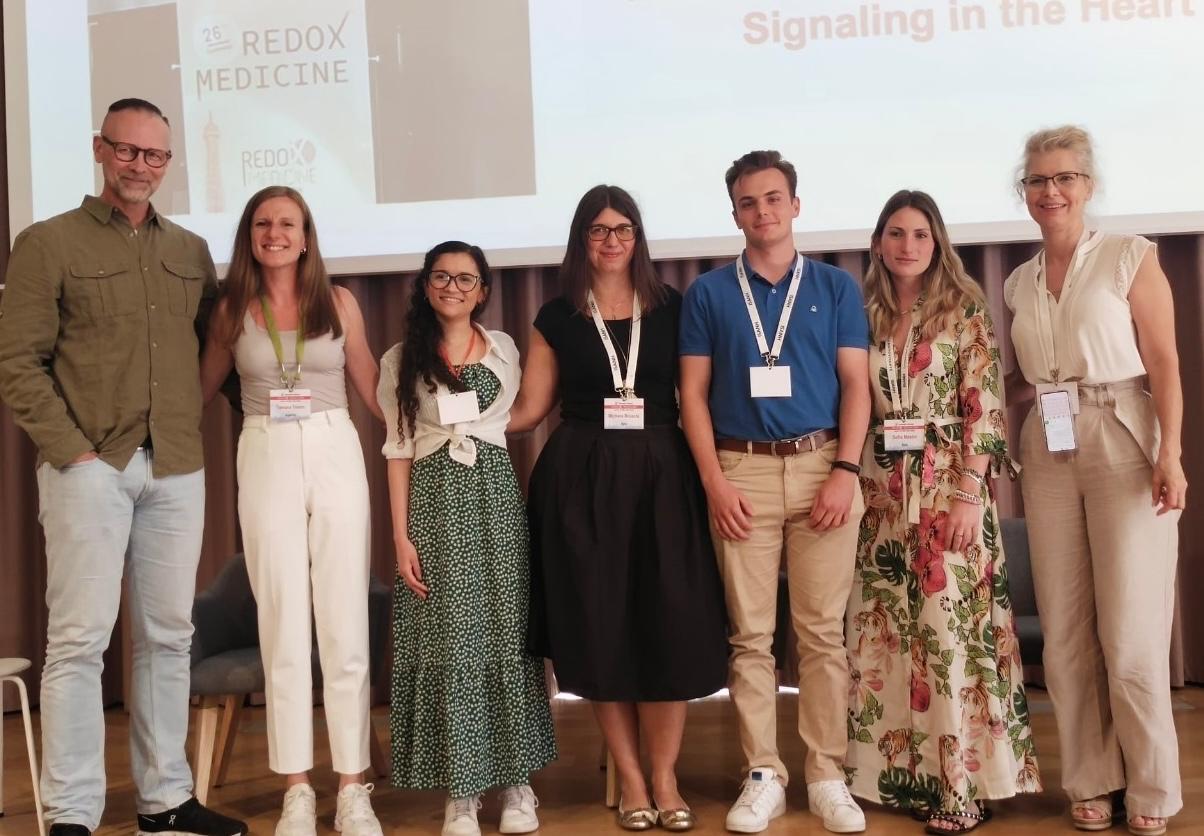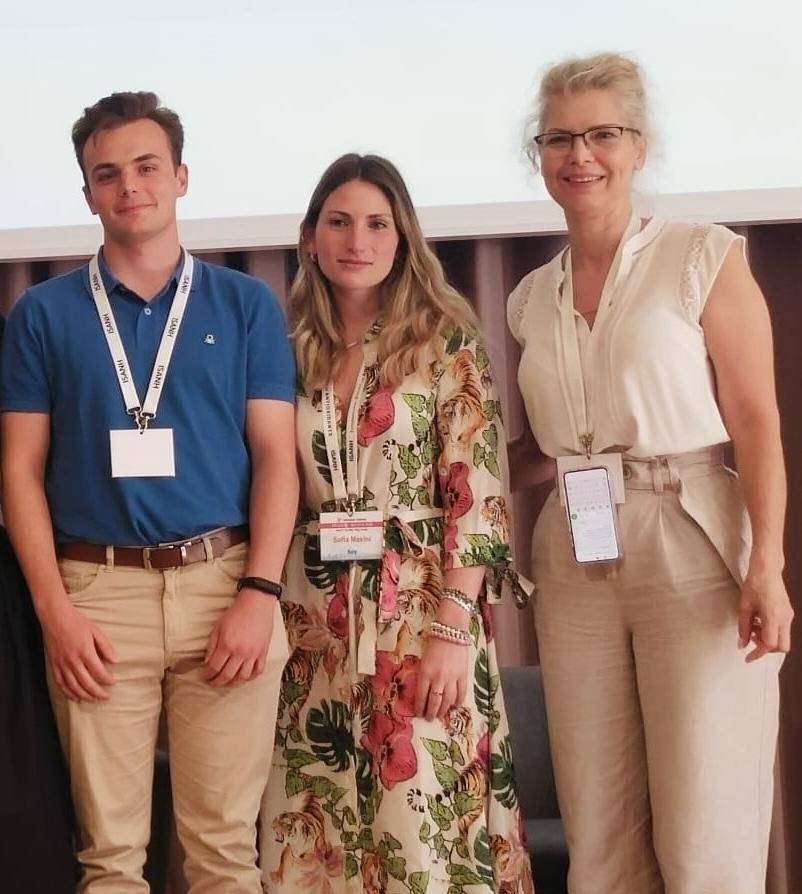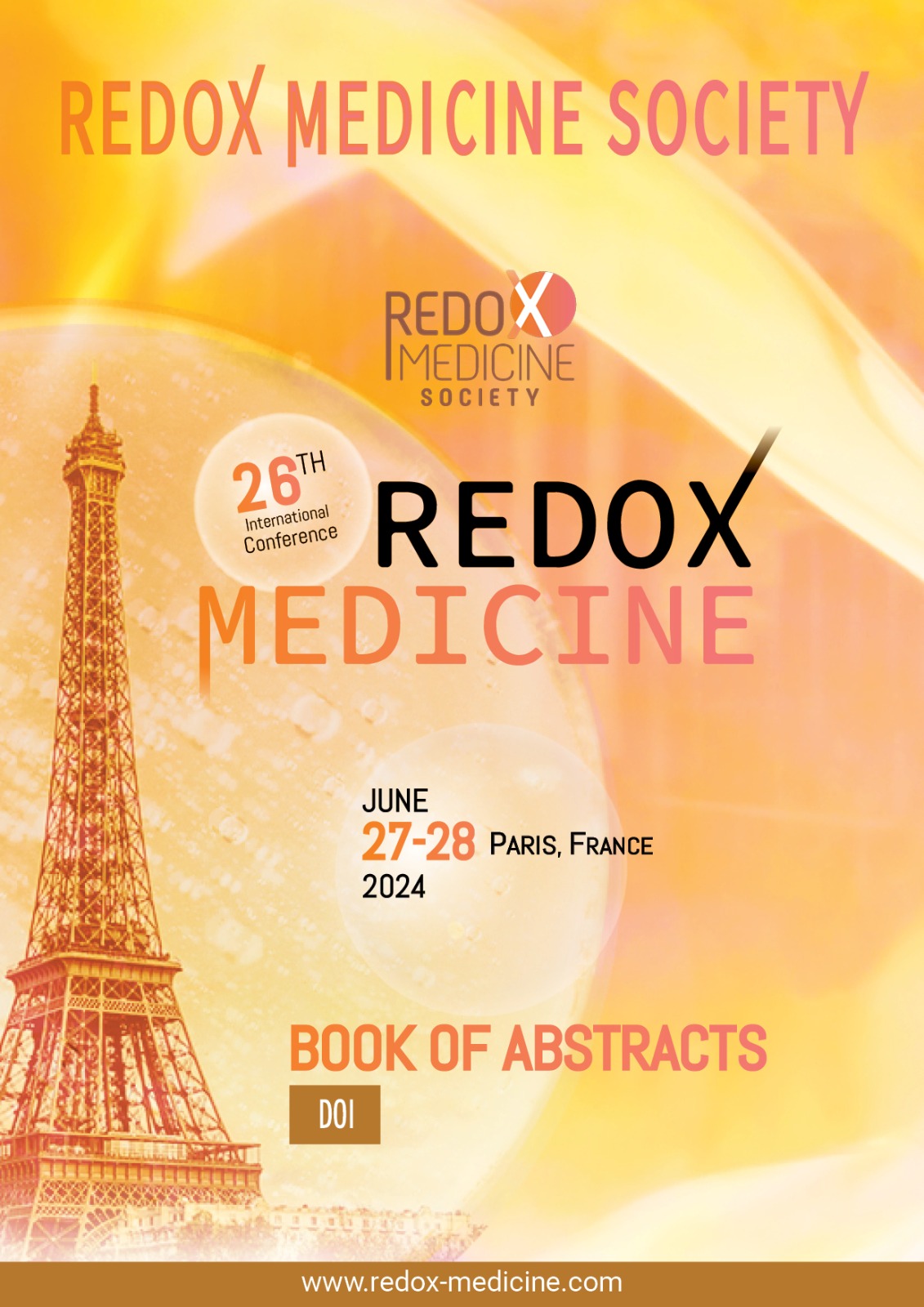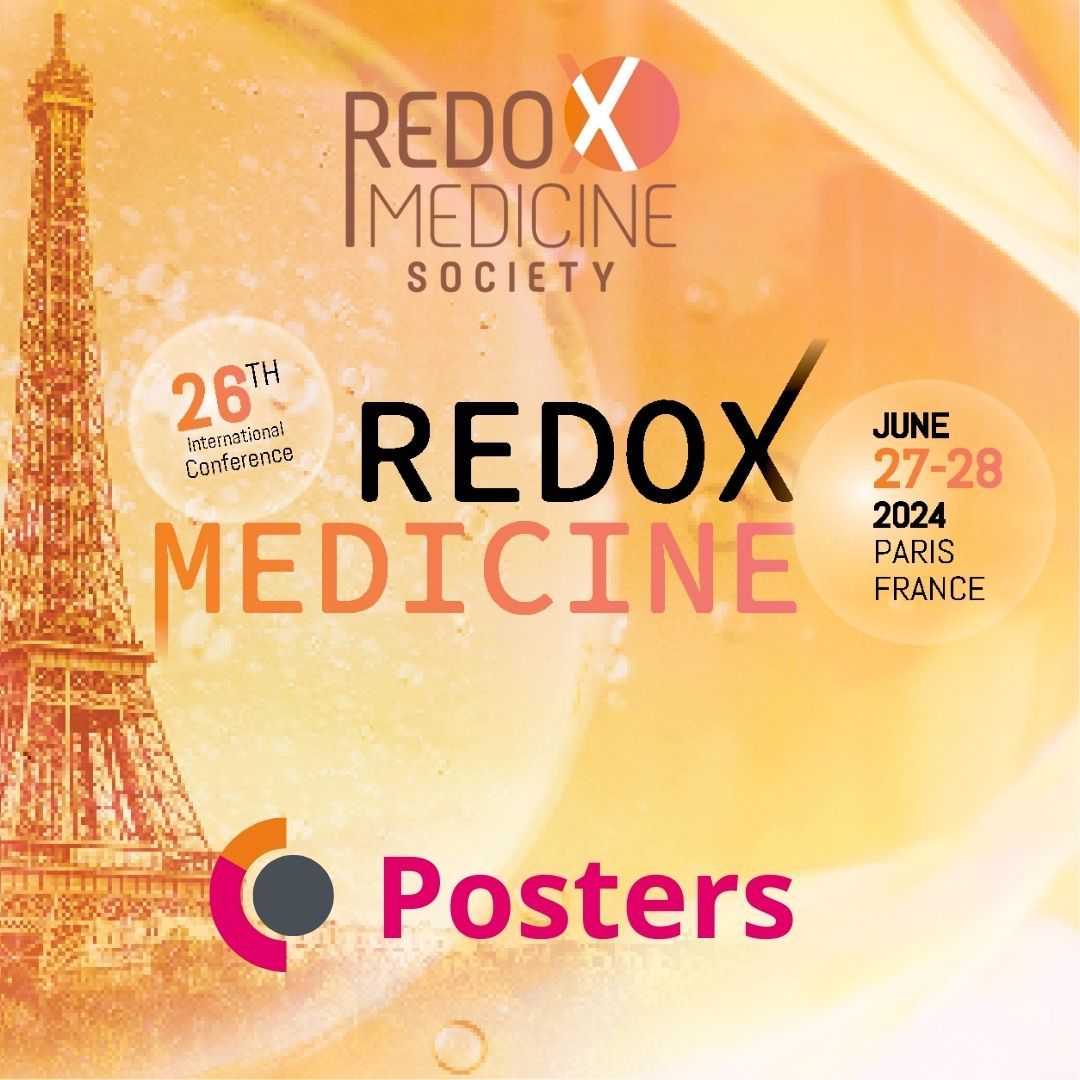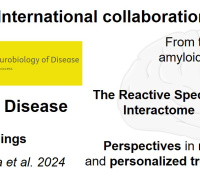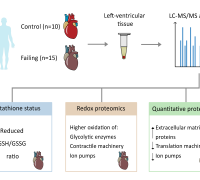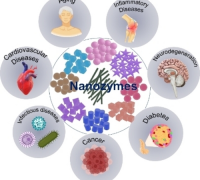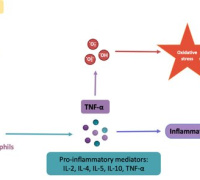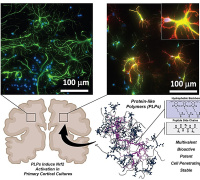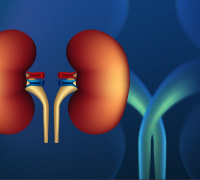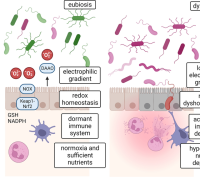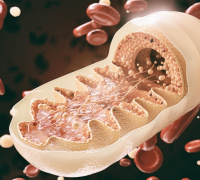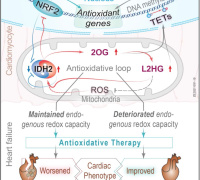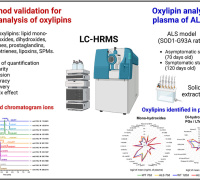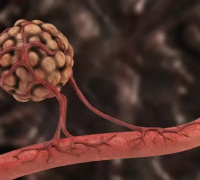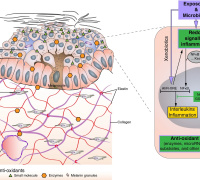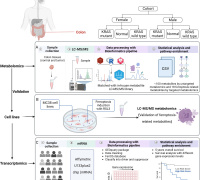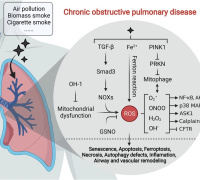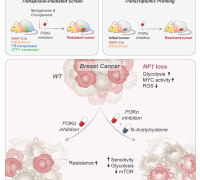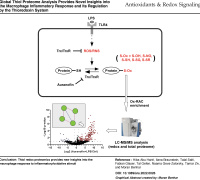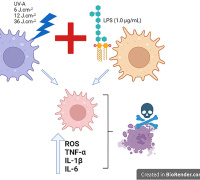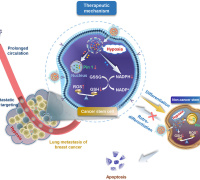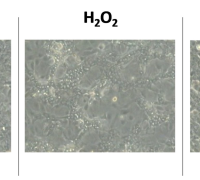The Scientific Contribution Award 2018 was decerned to Prof. Harry van Goor

The scientific committee of Paris Redox 2018 awarded Prof. Harry van Goor for his contribution about "Redox status in diabetic conditions: effects of SGLT2 inhibition".
After his excellent presentation during Paris Redox World Congress 2017 and 2018, Prof. Harry van Goor from University Medical Center Groningen, The Netherlands, was elected and awarded by the Scientific Committee.
All our congrulations to Prof. Harry van Goor.
Introduction: Oxidative stress is a key driver in the pathophysiology of diabetes mellitus (DM) and its complications. As thiols (R-SH; compounds with free sulfhydryl groups) are oxidized by reactive oxygen, their circulating concentrations may directly reflect systemic redox status (1). We hypothesized that circulating R-SH concentrations are a reflection of a favourable redox status and therefore may be associated with glycaemic control and absence of diabetic complications. Since sodium-glucose co-transporter 2 (SGLT2) inhibition attenuates the diabetic phenotype we also evaluated its effect on the Redox system in patients with type 2 diabetes (2)
Materiel & Methods: Serum R-SH were measured in a large cohort of patients with DM type 2. Furthermore, we evaluated R-SH in DM type 2 patients treated with SGLT2 inhibitors.
Results: Taken together serum R-SH statistically correlates with macrovascular complications and Hba1C in type 2 DM. SGLT2 inhibition improved the diabetic profile without influencing Redox status.
Conclusion: These studies demonstrate a positive association between R-SH concentrations and disease status in T2DM. The absence of effects of SGLT2 inhibition on Redox status may indicate ongoing oxidative stress in the presence of an improved diabetic profile. These data are of interest as R-SH are amenable to therapeutic modulation and may therefore be a potential target for therapy.
References:
1. Cortese-Krott MM, Koning A, Kuhnle GGC, Nagy P, Bianco CL, Pasch A, Wink DA, Fukuto JM, Jackson AA, van Goor H, Olson KR, Feelisch M: The Reactive Species Interactome: Evolutionary Emergence, Biological Significance, and Opportunities for Redox Metabolomics and Personalized Medicine. Antioxid Redox Signal. 2017;27:684-712
2. Dekkers CCJ, Wheeler DC, Sjöström CD, Stefansson BV, Cain V, Heerspink HJL: Effects of the sodium-glucose co-transporter 2 inhibitor dapagliflozin in patients with type 2 diabetes and Stages 3b-4 chronic kidney disease. Nephrol Dial Transplant. 2018. [Epub ahead of print]
For more information, please access the program on www.isanh.net





